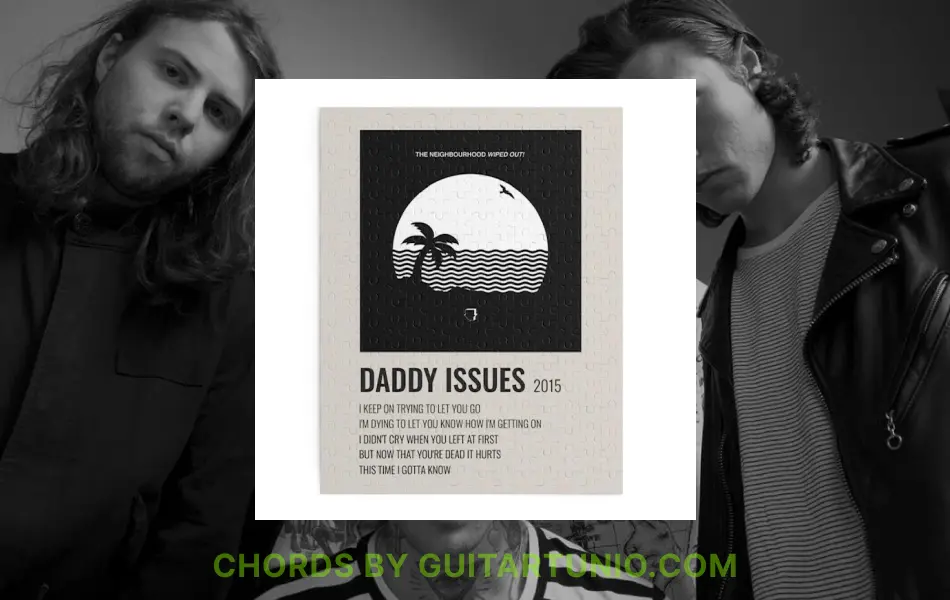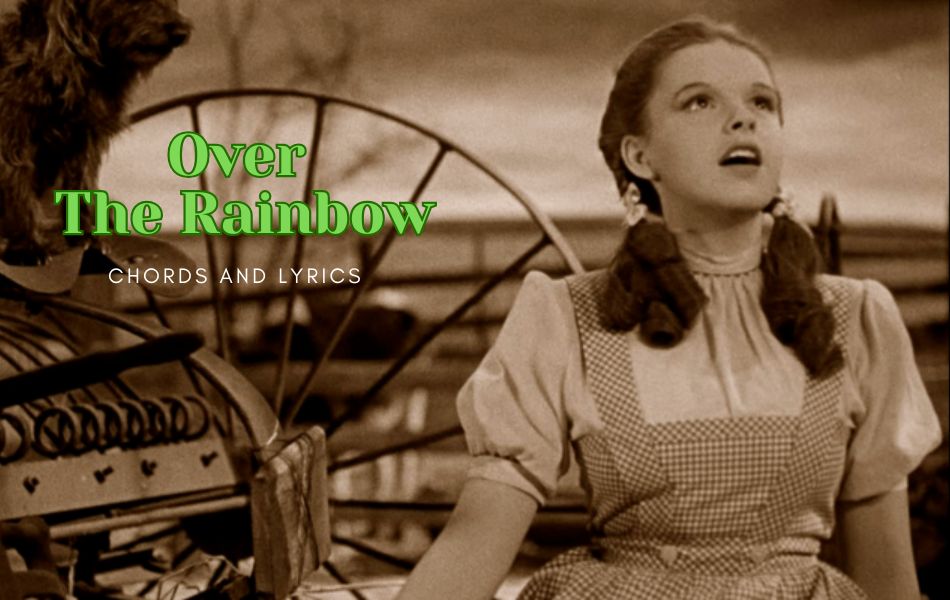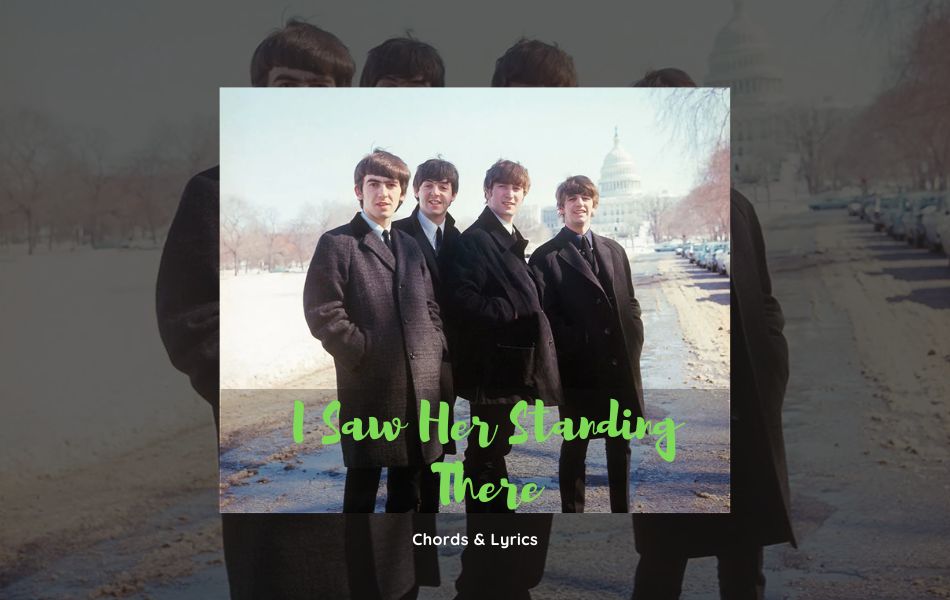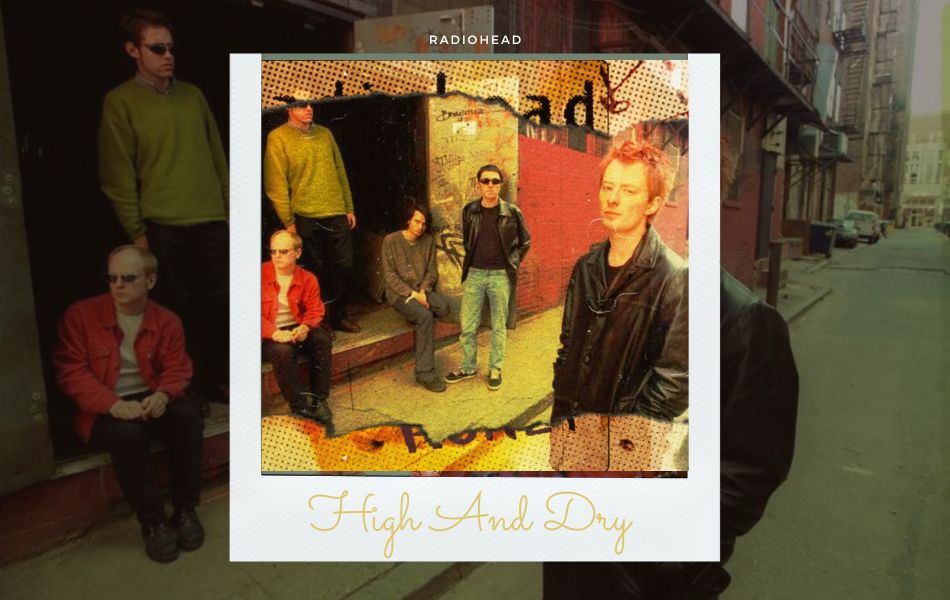Major vs. Minor Chords: What is the Difference?
Track Info

Song:
Artist:
Writers:
Producers:
Album: Updating
Chords Info
Tuning
CapoNo Capo
Chords Used
Music is an art form that has the power to evoke a wide range of emotions, from joy and happiness to sadness and melancholy. One of the most important elements of music is harmony, which is created through the use of chords. Two of the most commonly used types of chords in music are major and minor chords. In this article, we will explore major and minor chords, as well as the difference between them.
Definition of major and minor chords
A chord is a group of three or more notes played together to create a harmonious sound. Major and minor chords are both types of triads, which means they are made up of three notes. The first note of a chord is called the root note, which gives the chord its name. The other two notes are called the third and fifth, and they determine whether the chord is major or minor.
Major chords
A major chord is made up of the root note, a major third, and a perfect fifth. The major third is four semitones (or half-steps) above the root note, while the perfect fifth is seven semitones above the root note. Major chords are often described as happy or bright-sounding, and they are commonly used in pop, rock, and country music. Examples of major chords include C major, G major, and F major.

Minor chords
In contrast, a minor chord is made up of the root note, a minor third, and a perfect fifth. The minor third is three semitones (or half-steps) above the root note, while the perfect fifth is seven semitones above the root note. Minor chords are often described as sad or melancholy-sounding, and they are commonly used in blues, jazz, and classical music. Examples of minor chords include A minor, D minor, and E minor.

Difference between major and minor chords
The difference between major and minor chords lies in the third note of the chord. In a major chord, the third note is a major third, which is four semitones above the root note. In a minor chord, the third note is a minor third, which is three semitones above the root note. This small difference in pitch has a profound impact on the emotional mood of the chord.
To illustrate this point, consider the famous opening riff of Beethoven's Fifth Symphony. The riff consists of four notes, three of which are G's and one of which is an E flat. The first three G's are played as a major chord, while the E flat is played as a minor chord. This subtle difference in the third note of the chord creates a sense of tension and uncertainty, which sets the tone for the rest of the symphony.
Conclusion
In conclusion, major and minor chords are two of the most important building blocks of music. They are both triads made up of three notes, but they differ in the pitch of the third note. Major chords sound happy or bright, while minor chords sound sad or melancholy. By using major and minor chords in different ways, composers and musicians can create a wide range of emotional moods and effects in their music.
Download Guitar Tunio to learn more new ukulele and guitar chords and play any song you like. The app provides an extensive chord library with over 1000 ukulele and guitar chords. And it’s completely free. It is also an accurate and reliable guitar and ukulele tuner that you can use to tune up your instrument before playing. Guitar Tunio is available on the App Store and Google Play, get it out now.
And don’t forget to visit our blog to learn how to play more great songs, get knowledge about music and string instruments, as well as get more great tips to improve your skills.








